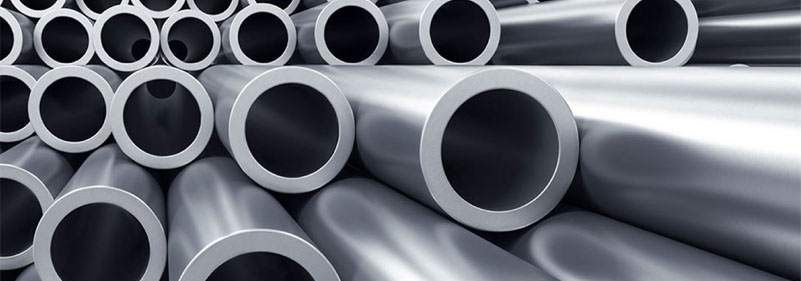What are the effects of different elements during steelmaking?
P is brought into steel by ore. generally speaking, phosphorus is also a harmful element. Although phosphorus can increase the strength and hardness of steel, it can significantly reduce the plasticity and impact toughness. Especially at low temperature, it makes the steel significantly brittle, which is called "cold embrittlement". P has good solid solution strengthening and cold work hardening. It is used in combination with copper to improve the atmospheric corrosion resistance of low alloy high strength steel
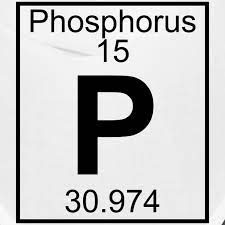
Titanium has strong affinity with nitrogen, oxygen and carbon, and has stronger affinity with sulfur than iron. It is a good deoxidizing and degassing agent and an effective element for fixing nitrogen and carbon. Because the affinity between titanium and carbon is much greater than that between chromium and carbon, titanium is often used to fix the carbon in stainless steel to eliminate the dilution of chromium at the grain boundary, so as to eliminate or reduce the intergranular corrosion of steel.
Titanium can improve plasticity and toughness in ordinary low alloy steel. Alloy structural steel containing titanium has good mechanical and technological properties, and its main disadvantage is poor hardenability.
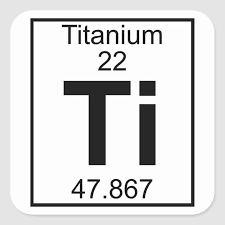
Chromium can increase the hardenability of steel and has the effect of secondary hardening. It can improve the hardness and wear resistance of carbon steel without making the steel brittle. When the content exceeds 12%, the steel has good high-temperature oxidation resistance and oxidation corrosion resistance, and also increases the thermal strength of the steel. Chromium is the main alloying element of stainless steel, acid resistant steel and heat resistant steel.
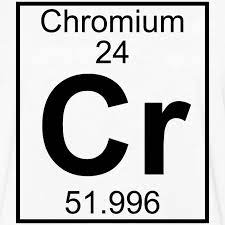
Mn can improve the strength of steel: because Mn is relatively cheap and can be infinitely solid dissolved with Fe, it has relatively little effect on plasticity while improving the strength of steel. Therefore, manganese is widely used as strengthening element in steel. It can be said that basically all carbon steels contain Mn. Our common stamping mild steel, dual phase steel (DP steel) and martensitic steel (MS steel) all contain manganese. However, the content of Mn is also a double-edged sword. The higher the Mn content, the better. The increase of manganese content will reduce the plasticity and weldability of steel.
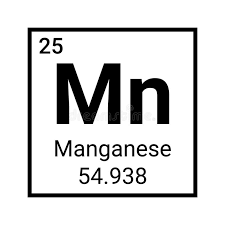

 English
English 中 文
中 文 Español
Español Português
Português Deutsch
Deutsch Türk
Türk Pусский
Pусский عربي
عربي 한국인
한국인 日本語
日本語